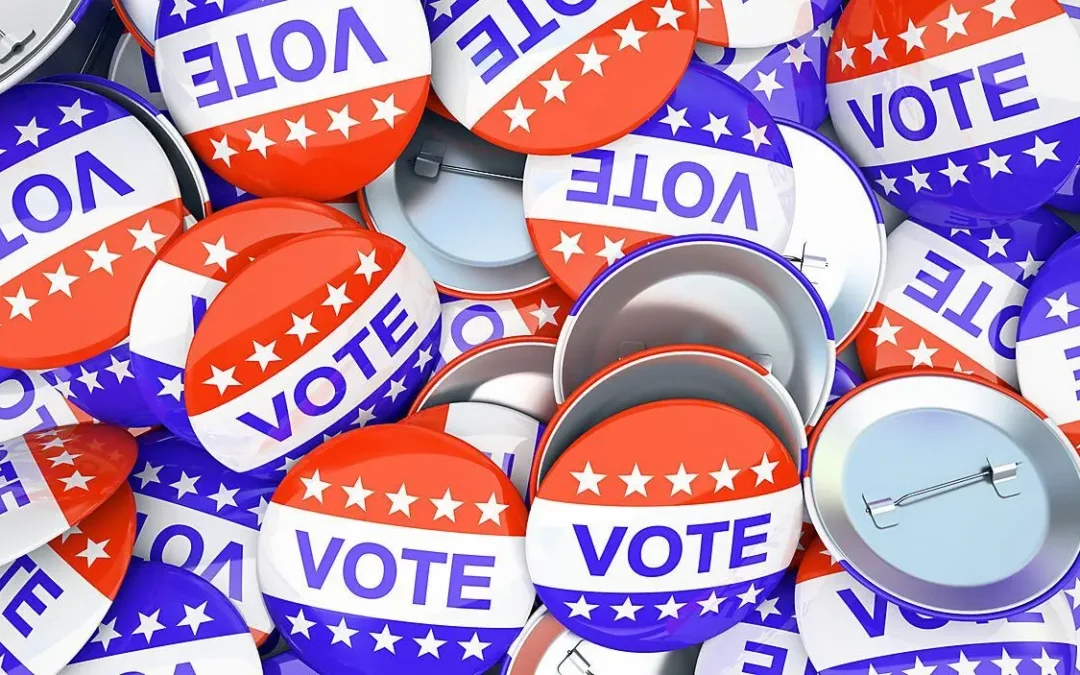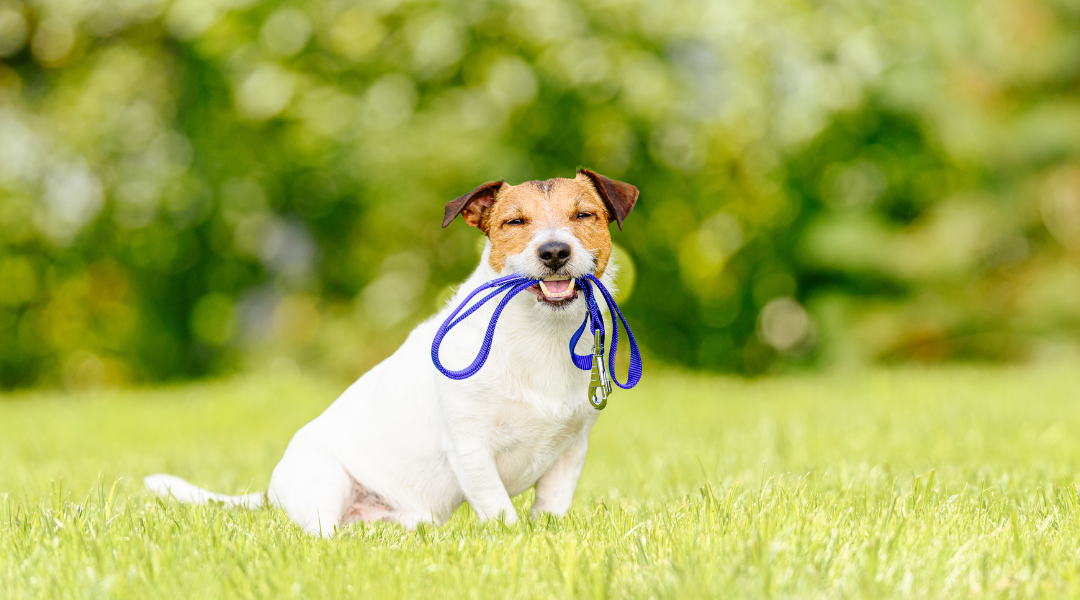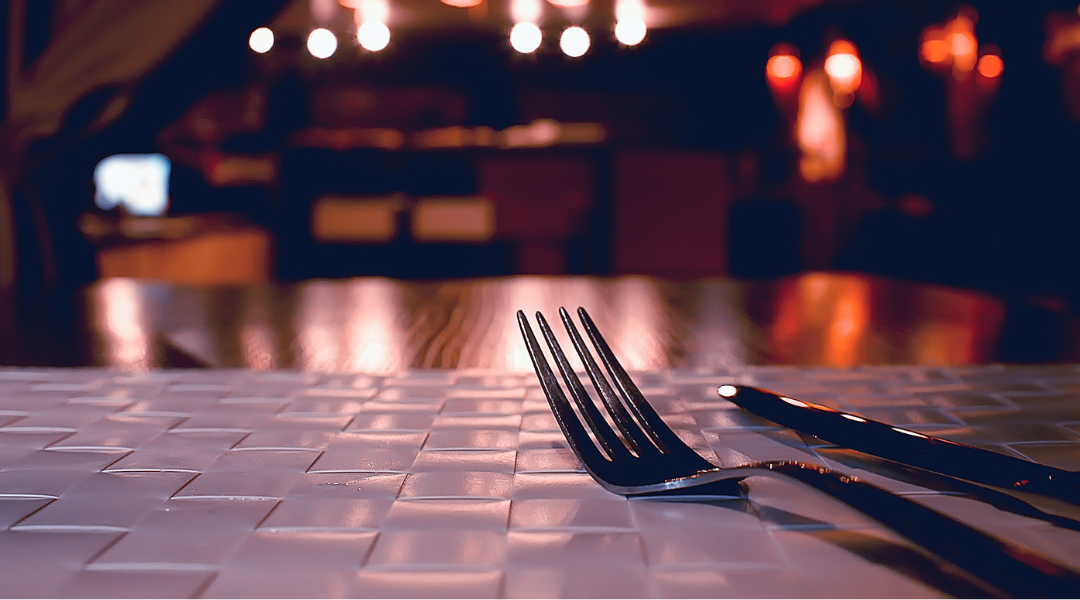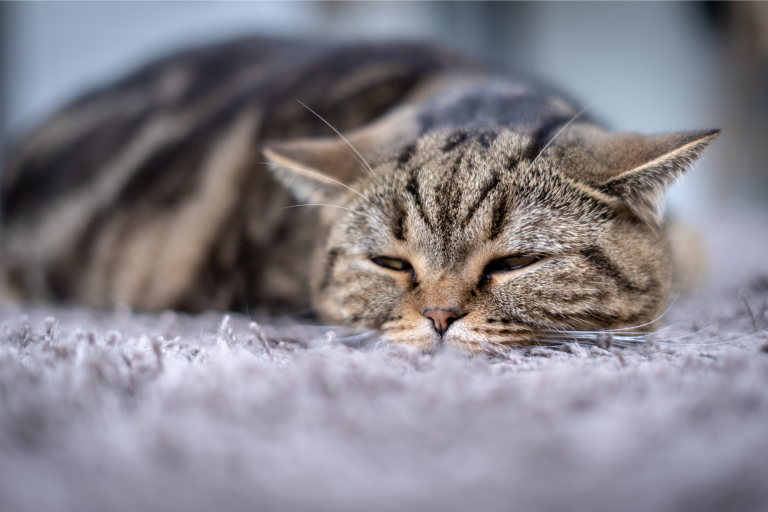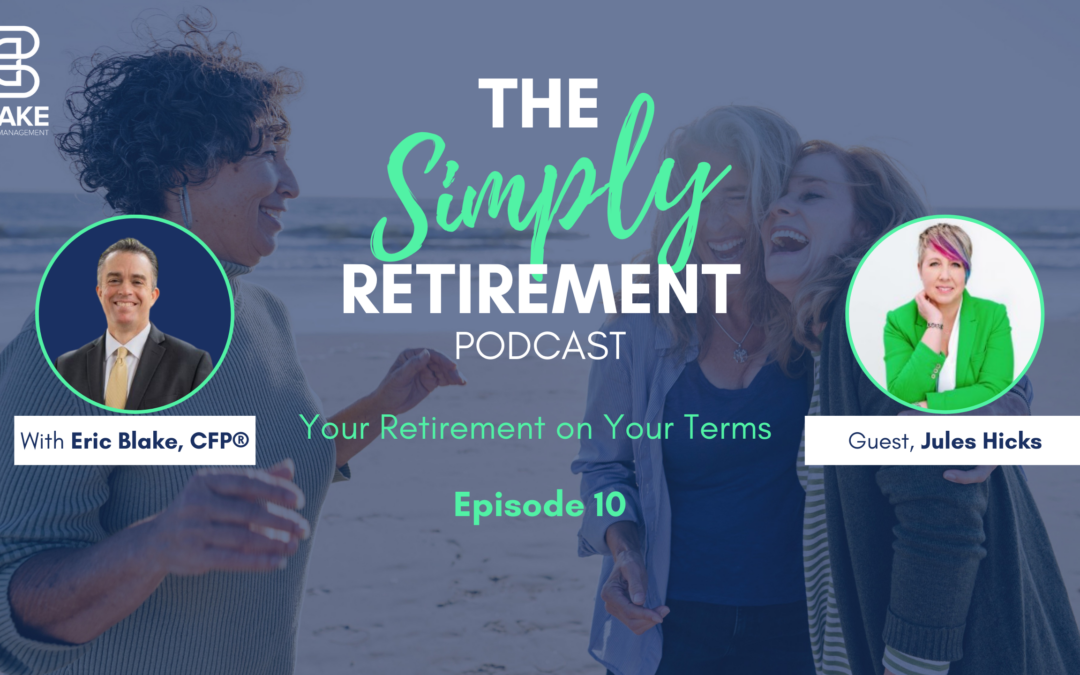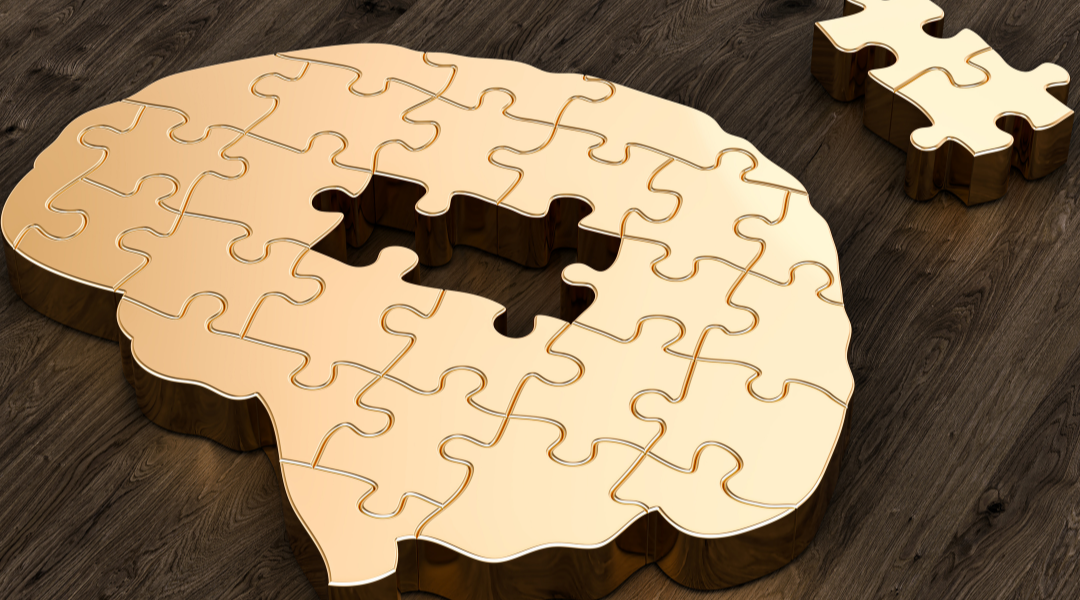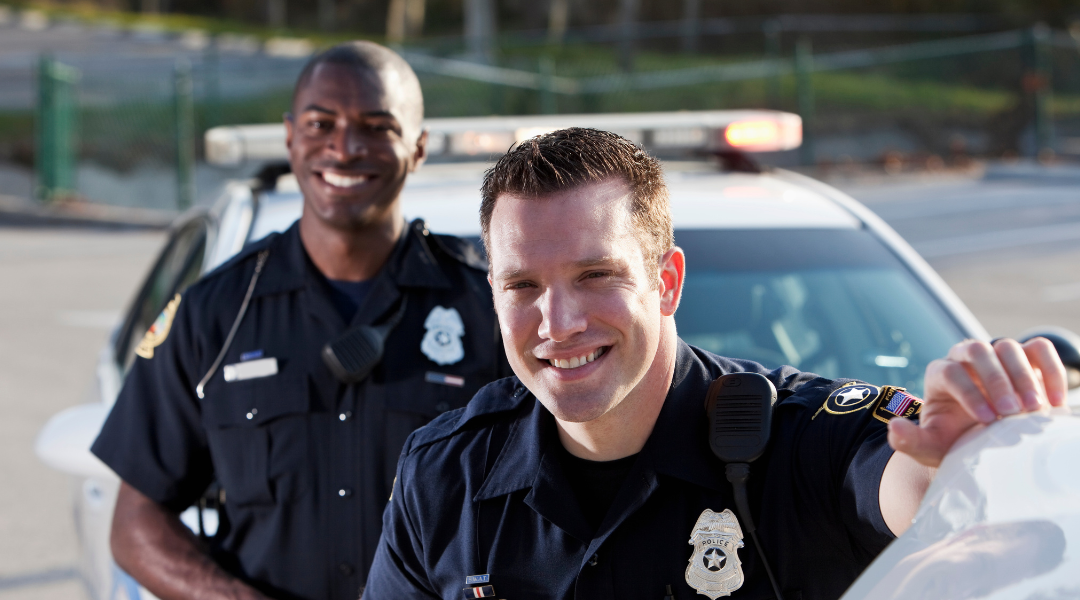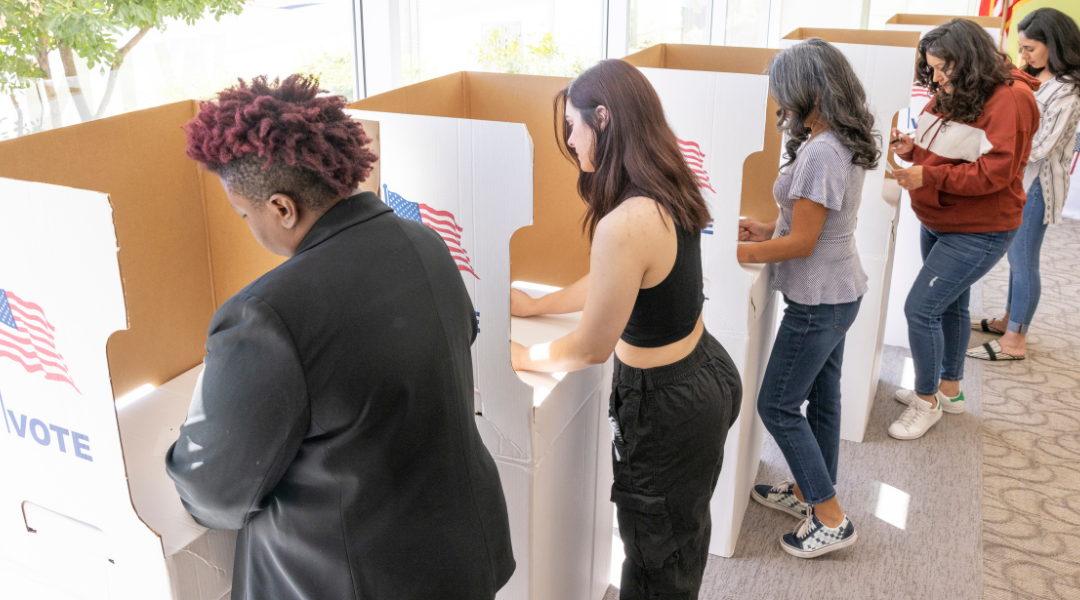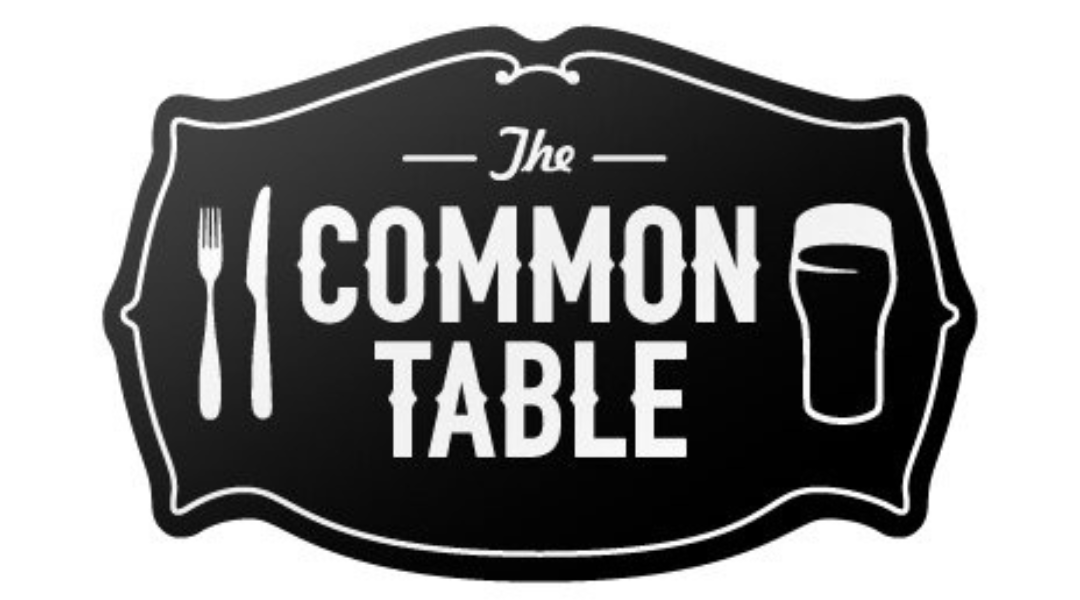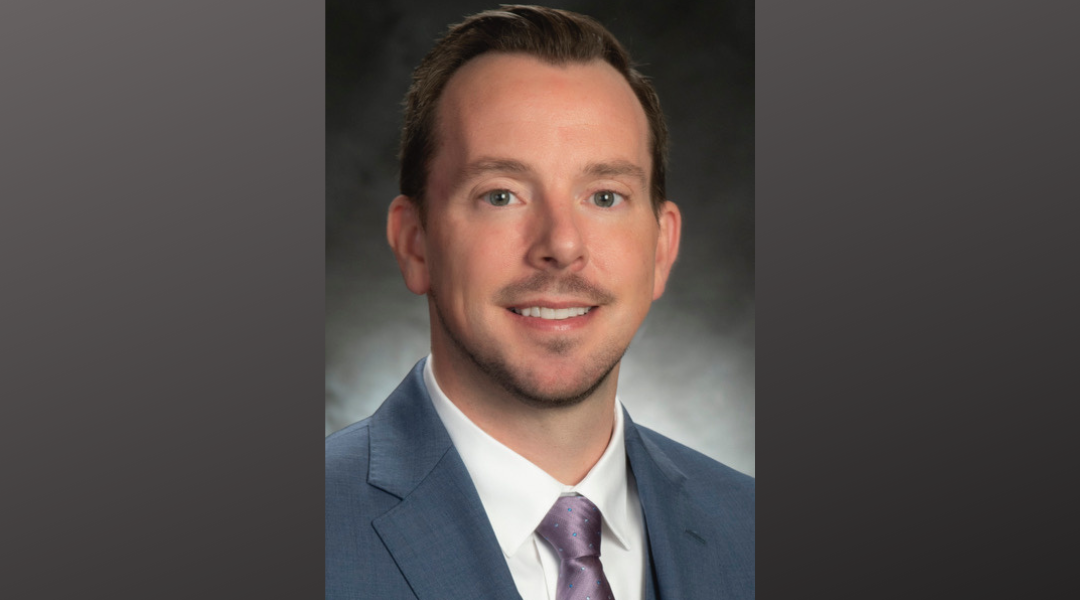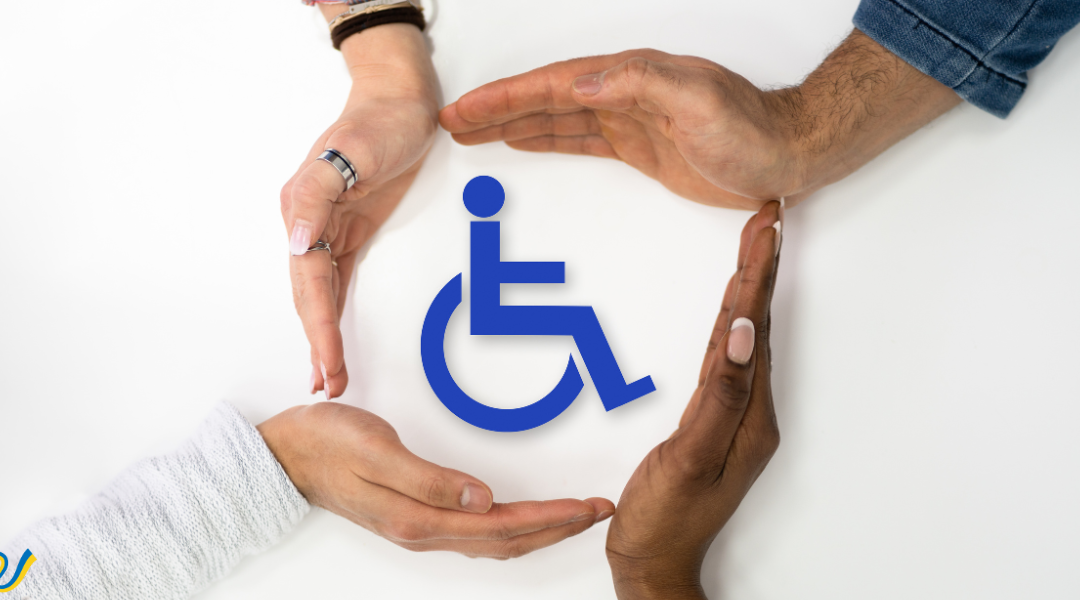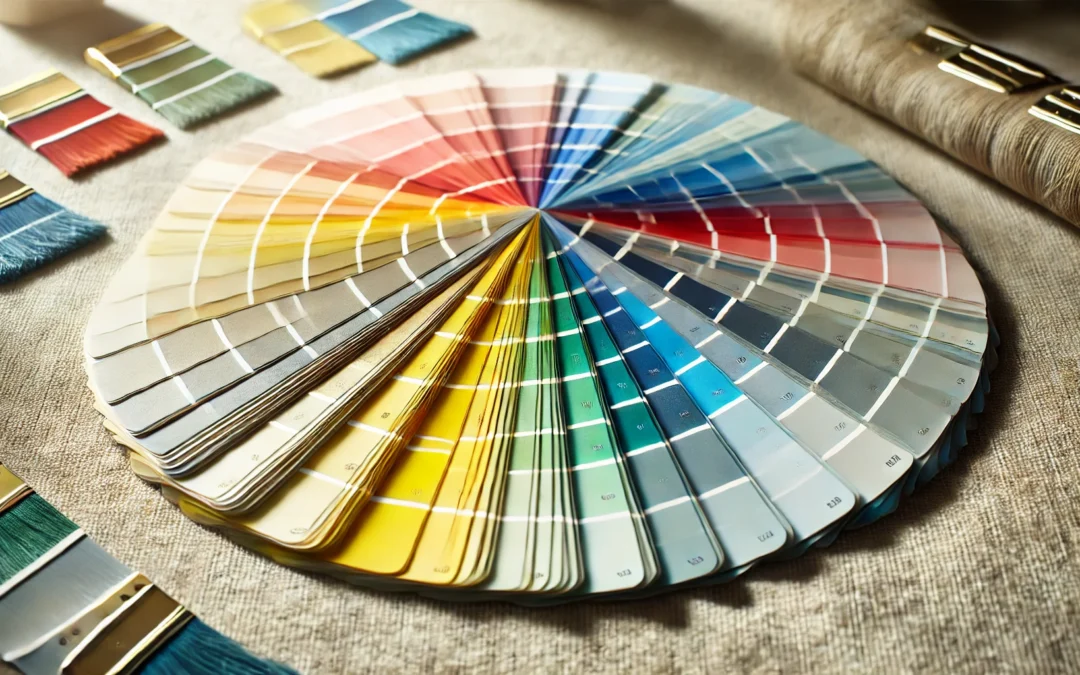Your child has ADHD, and you’ve gone through testing, 504 plans, in school accommodations, trialing of different medications and dosages. Now what?
ADHD is a difficult condition to treat because treatment has to be tailored to each child. Standard stimulant medications such as Adderall and non-stimulant medications such as guanfacine (Intuniv) do a good job, but what else can you as the parent do to optimize your child’s ADHD treatment?
Behavior therapy by a licensed psychiatrist or psychologist can be very helpful, and they often will have an option for parent training too. Parent training focuses on age and developmentally appropriate behavior expectations, and giving clear commands/ rules rather than a general “behave” or “be good.” Behavior therapy can also be offered to your child one-on-one or in small groups, but is more effective when the parents are involved in sessions.
Children, especially those with ADHD, live in the moment. I recommend a reward chart calendar with stickers given for good behavior and accomplished chores, a daily visible reminder and source of accountability. At the end of the week, review the chart together and only give the small reward (i.e. a Sno-Cone) for a complete week of good behavior. If your child had several days at school of poor behavior notes, no prize should be given that week. Praise good behaviors when they occur, “You’re playing so nice with your brother right now” or “I am proud of you for sharing your toys”, that way your child hears and acknowledges what behaviors you want them to continue.
You also need to appropriately discipline your child. Again, age and developmental ability is key. No 6 year old boy, ADHD or not, can be expected to sit still for eight hours in a row. Children need plenty of physical activity and brain breaks. Find what discipline works for your child. For some, time outs and calm down techniques do the trick, others need electronics or favorite toys taken away for the day.
Regarding discipline: you will NOT irrevocably damage your child by disciplining them. They can be told NO and turn out just fine. They can be punished by time outs or however you deem is necessary and still be fine. The American Academy of Pediatrics offers good advice on the best ways to discipline a child.
Raising children is HARD. Raising a child with ADHD can be harder. When a child misbehaves, respond calmly and clearly. Hold your hands tightly behind your back, bend down to the child, speak in a low and authoritative tone, and let them know that behavior is unacceptable. Then turn away, no attention is given to a poor behavior. I have so much respect for the parent of the screaming child on the floor of Walmart who will not give in to their child’s demand, compared to the parent or grandparent who silences the child by giving the desired treat. What does a child learn from that? Answer: throw a big enough fit and I’ll get whatever I want. This is NOT what we want, the child cannot be the one in control!
After they are settled down from the tantrum, now is the time for a conversation on what wrong they did, their feelings in that moment, and let them brainstorm on how to not duplicate the bad behavior. Now time for the punishment- i.e. put away the toy out of reach but NOT out of sight if the poor behavior was throwing that toy at their brother, or saying I’m sorry and being grounded from an upcoming activity for sass-mouthing mom. Again, point out times the child is acting well so they don’t feel like the only time they’re getting feedback is for naughty behaviors.
Other tips for parents: Create a routine and try to stick to it daily. Limit choices so they still can assert some independence, but not be overstimulated (i.e. choose this outfit or that one, or between two vegetables at dinner). Limit distractions during homework time, but know that some children concentrate better with white noise (i.e. classical music) or when they are moving (i.e. under desk cycle). Be clear, specific and brief when giving directions. Help your child get organized and put their backpack, shoes, etc in the same place every day. Create opportunities for positive feedback, whether from sports, art, or music, find something where they feel good about themselves and watch their self-confidence grow!
In the classroom, busy bodies with hyperactivity need special non-distracting accommodations to better their attention and to not be disruptive. I recommend a balance ball chair, or under desk cycle to allow for muscle movement without constantly jumping out of one’s chair. Give your child’s hands something to touch (not those fidget spinners!). I suggest taping both sides of Velcro strips under the desk to allow for the tactile stimulation that these kiddos crave.
There is evidence that the brains of children with ADHD are deficient in certain kinds of omega-3 fats. I like the Smarty Pants brand of kid’s vitamins that contain omega 3 along with a complete multi-vitamin.
Also, caffeine can HELP your child to FOCUS and be more CALM. I know. This seems counterintuitive! But think of how a stimulant medication works: the same way caffeine does, it balances what brain chemical is low and instead of the brain over-reacting and creating too high of levels causing hyperactivity, the brain can “relax”. I don’t like the thought of children drinking sodas on a daily basis, but allowing a mini can of caffeinated beverage at breakfast for a struggling ADHD child can be of big benefit, just make sure they brush their teeth very well afterward.
Continuing the topic of food/ drinks and ADHD, some children are highly sensitive to processed foods and/or food dyes. Red dye 40, among other artificial dyes, is known to worsen behavior issues. As we should anyway, eat more whole fruits and vegetables, lean proteins and whole grains. Limit or eliminate highly processed, sugary, and dyed junk foods and snacks. This includes breakfast cereals: Lucky Charms, Fruit Loops, Cap’n Crunch and Apple Jacks are full of food coloring. Cheerios (plain and many of their varieties), Trix, Cocoa Puffs, Reese’s Puffs, and Golden Grahams are free of artificial coloring and have no high fructose corn syrup. Start looking at the ingredient list of any packaged item you buy, from cake mix to jello, to ketchup and popsicles- try to find a “natural”, “no artificial dyes or ingredients” version.
There is so much that goes into optimal management of your child’s ADHD. Talk with your Pediatrician about where to start. Talk to them again when you’re stuck in a rut and need to know what else can be done.
Michelle Bailey, M.D. , Cook Children's McKinney



